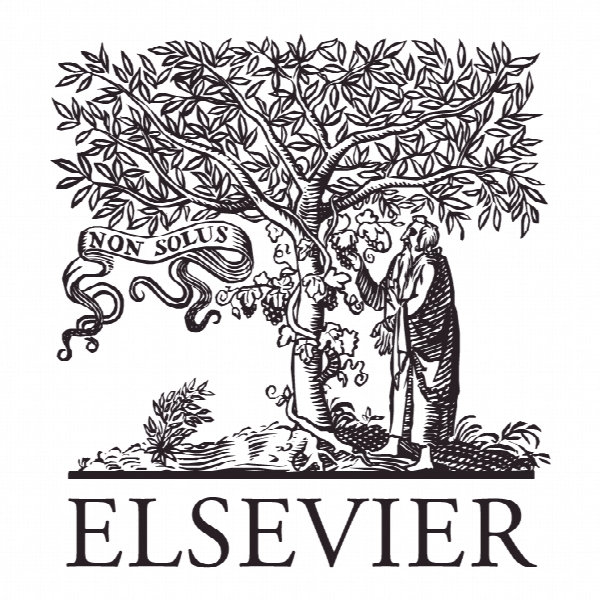انتقاد از مدار فرهنگ: چگونه فرهنگ مشارکتی ارتباطات متقابل فرهنگی را تغییر داده است Rethinking the circuit of culture: How participatory culture has transformed cross-cultural communication
- نوع فایل : کتاب
- زبان : انگلیسی
- ناشر : Elsevier
- چاپ و سال / کشور: 2017
توضیحات
رشته های مرتبط مدیریت، مهندسی فناوری اطلاعات IT و مهندسی فناوری اطلاعات و ارتباطات ICT
گرایش های مرتبط مدیریت فناوری اطلاعات
مجله بررسی روابط عمومی – Public Relations Review
دانشگاه کورتین، استرالیا
نشریه نشریه الزویر
گرایش های مرتبط مدیریت فناوری اطلاعات
مجله بررسی روابط عمومی – Public Relations Review
دانشگاه کورتین، استرالیا
نشریه نشریه الزویر
Description
1. Introduction The emergence of new communication technologies and platforms has resulted in increased scholarly attention investigating how social media can be used to bridge the digital and cultural divide between different audiences and professional communicators. Public relations and media scholars have argued that the emergence of online technologies has addressed, and potentially even equalised, existing power inequalities between traditionally well-resourced corporations and resource poor activist groups (e.g. Bray, 1998; Bunting & Lipski, 2001; Coombs, 1998; Heath, 1998; Jaques, 2006; Mazzini, 2004), as well as between western and developing nations (Ali, 2011; Han & Zhang, 2009; Pamment, 2015). This is arguably particularly relevant within the context of international public relations, as many cross-cultural communication campaigns are no longer country specific, but instead aim to build global support movements. The viral nature of some of these campaigns, like the Human Rights Campaign and Facebook’s campaign to support Lesbian, Gay, Bisexual, and Transgender (LGBT) rights, have seen messages spread far beyond the country of origin, highlighting their ability to affect advocacy campaigns in other countries. Social media has been used for more than a decade to engage with international audiences and enhance awareness of both corporate and non-government organisations’ (NGOs) campaigns and causes. The reasons why audiences and publics hoose to participate in social media campaigns have been studied from different angles, such as social listening (Collister, 2016), engagement, behaviour change and hashtag activism campaigns (Chiluwa & Ifukor, 2015). Pamment(2015) highlights the emerging trend of “diplomatic campaigns taking the form of multilateral, multistakeholder global movements, such as in climate change, human rights, health, anti-terrorism and energy security” (p.2). Recent hashtag activism campaigns, such as #bringourgirlsback, #equalityforall and #blacklivesmatter, illustrate how a high level of social media engagement and participation across traditional, geographical borders has enabled a range of grassroots organisations to leverage (global) campaigns for their own benefit. The authors define hashtag activism as the act of fighting for or supporting a cause with the use of hashtags as primary channel to raise awareness of an issue and encourage debate via social media. This paper is based on a critical analysis of Facebook’s LGBT campaign from a cross-cultural perspective, using the Circuit of Culture framework and applying a participatory culture lens. Ciszek (2013) notes that “participatory culture is the site of convergence of production, consumption, and content” (p. 188). Hence, the authors argue that we need to view the ‘traditional’ Circuit of Culture through a co-creation and participatory culture lens. As active co-creators, engaged online audiences, such as hashtag activists, create their own artefacts and influence the speed in which culturally constructed meanings evolve and change. Drawing on Jenkins’ (2006) concept of participatory culture, whilst analysing Facebook’s LGBT campaign, the authors argue that public relations practitioners need to move beyond Bourdieu’s (1984) understanding of public relations practitioners as “cultural intermediaries, mediators between producers and consumers who actively create meaning by establishing an identification between products or issues and publics” (Curtin & Gaither, 2007; p.41), which has − in different forms − been echoed in the public relations literature to date (Edwards, 2012; Hodges, 2006; SchoenbergerOrgad, 2011). Instead, public relations professionals need to become cultural curators, who are equipped to construct meaning from audiences, who have now become content creators in their own right, and encourage a true participatory environment that sees cultural values shared as an organic exchange, rather than a manufactured one.


